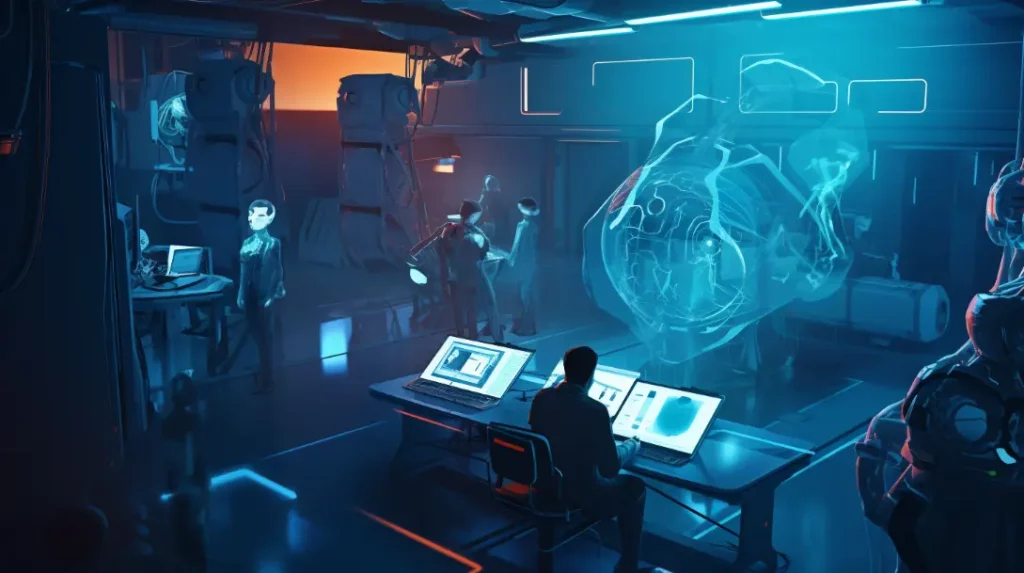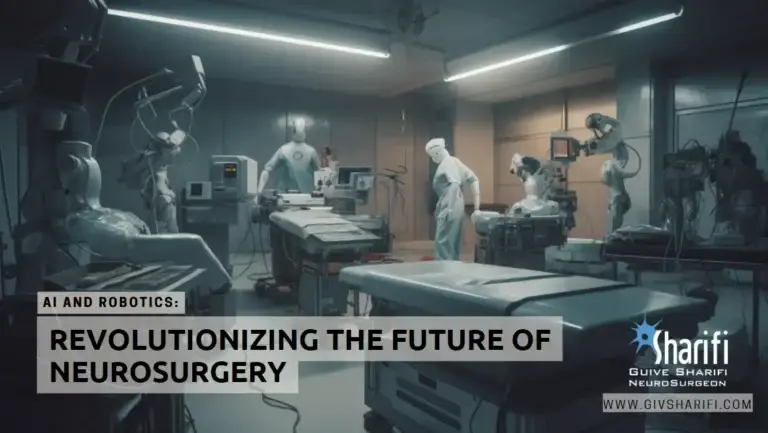AI and Robotics: A Game Changer in Neurosurgery
Introduction
Artificial intelligence (AI) and robotics are transforming various industries, and neurosurgery is no exception. These technological advancements are revolutionizing how neurosurgeons perform procedures, improving patient outcomes and enhancing surgical precision.
In this blog post, we will explore the significant impact of AI and robotics on neurosurgery and what the future holds.
Robotic Assistance in Neurosurgery
- Increased precision: Robotic systems can provide superior accuracy compared to manual procedures, reducing the risk of complications and improving patient outcomes.
- Enhanced visualization: Advanced imaging techniques, such as 3D models and virtual reality, allow neurosurgeons to visualize the surgical field better, leading to more precise and safer surgeries.
- Minimally invasive procedures: Robotics enable neurosurgeons to perform complex procedures through smaller incisions, reducing recovery time and the risk of infection.

AI-Powered Diagnostic Tools
- Machine learning algorithms: AI-powered tools can analyze vast amounts of data to identify patterns and trends, assisting in early diagnosis and personalized treatment plans.
- Natural language processing: AI can detect subtle signs of neurological conditions that human practitioners may have overlooked by analyzing medical records and clinical notes.
- Advanced imaging analysis: AI algorithms can interpret imaging data, such as MRI scans, to provide more accurate and timely diagnoses.
This article might be attractive to you: The Future of Spinal Surgery: Robotics, AI, and the Path to Enhanced Patient Outcomes
The Future of AI and Robotics in Neurosurgery
- Remote surgeries: As telecommunication technology advances, neurosurgeons can perform procedures remotely, utilizing robots controlled over vast distances.
- Personalized treatment: AI-driven analytics can help identify the most effective treatments for individual patients, considering factors such as genetics, lifestyle, and medical history.
- Enhanced surgical training: Virtual reality simulations and AI-powered training modules can provide neurosurgery residents with a more immersive and realistic learning experience, improving their skills before entering the operating room.

Conclusion
Integrating AI and robotics in neurosurgery revolutionizes the field, providing increased precision, enhanced diagnostic capabilities, and more personalized treatment options. As technology advances, the future of neurosurgery promises to be safer and more effective for patients worldwide.
All the photos in this article are generated by AI.






